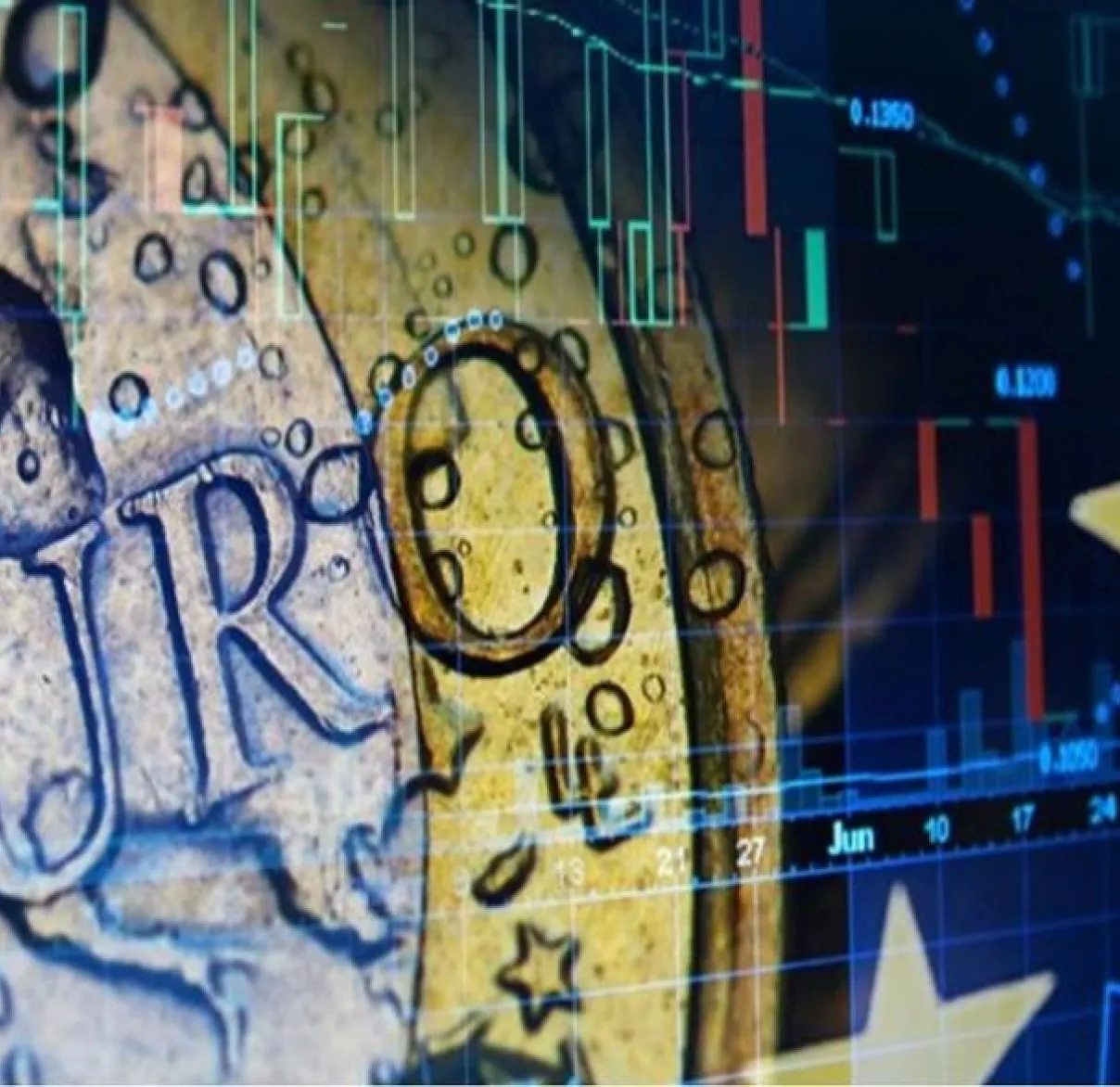Emerging market debt is attractive despite some isolated problems
<p>Trouble in some emerging markets (EMs) has pushed yields for EM debt in general to attractive levels relative to safer developed market bonds. The crucial question for investors is whether the problems in Argentina and Turkey are localised or could spread to other regions. Investors have been spooked and EM currencies remain under pressure, but have markets over-reacted?</p>

Article last updated 30 September 2025.
Trouble in some emerging markets (EMs) has pushed yields for EM debt in general to attractive levels relative to safer developed market bonds. The crucial question for investors is whether the problems in Argentina and Turkey are localised or could spread to other regions. Investors have been spooked and EM currencies remain under pressure, but have markets over-reacted?
Government finances in Turkey and Argentina are much worse than most other EMs, which have improved significantly since the ‘taper tantrum’ in 2013, when the US Federal Reserve first announced it was tapering its bond-buying programme. Notably, Turkey has a large current account deficit, a substantial amount of external debt maturing in the next 12 months, and inadequate official reserves.
The country relies on the kindness of strangers to meet its immediate need for foreign funding (figure 3). Only two others (Pakistan and South Africa) in the 20 major EMs we follow rely on short-term foreign financing. Even the more fragile economies of Brazil, South Africa and Russia don’t.
Figure 3: Foreign funding requirements
Turkey is one of very few emerging market countries that has any immediate reliance on foreign financing.
Source: Datastream and Rathbones.
Emerging risks
Although there has been some recovery, and EM yield spreads over those of safe-haven US Treasuries have already narrowed this year (excluding Turkey and Argentina), they are still much wider than their 2017 lows. The risk is that contagion across EM foreign exchange markets appears to be increasing, with correlations between currencies rising, and this could have knock-on effects on EM debt.
Some EM currencies have appreciated against the dollar over the past 18 months, while others have depreciated. Notably, the Brazilian real, South African rand and Russian rouble have fallen by more than 15% this year. The Indian rupee and Indonesian rupiah have also lost value. As a result, EM debt denominated in hard currencies looks more attractive than local currency bonds.
EM debt is also vulnerable to a fall in global demand, which could be caused by a slowdown in international trade. But the larger yields offered by EM sovereign bonds make a negative total return (yield plus or minus change in price) unlikely providing the world economy does not flirt with recession over the next six months. Yet we are mindful of the cyclical risks to global trade, the possibility that the dollar could continue to strengthen and the risk of escalating tensions between America and China.
While any further appreciation of America’s currency is a concern, the relationship between EM assets and the dollar is not as strong as often assumed. There is a much tighter relationship between EM equities and a broader measure of developed market financial conditions. Providing the Fed doesn’t raise rates too aggressively, financial conditions should remain benign.
Chinese growth appears to be holding up well in the face of trade tensions. The next round of tariffs on $200 billion of exports is likely to hurt the US more, because China should offset any damage through its economic stimulus programme. Meanwhile, its government is making progress with measures to reduce the risks presented by excess debt in its shadow banking system (non-bank lending).
Risks remain. They include a possible policy mistake by the Fed, a negative demand shock in China, a broad-based trade war started by US protectionism and a loss of confidence in the technology sector. But we believe that, for longer-term investors willing to accept the risks of further volatility in the short run, the additional yield available on EM debt is looking attractive.

